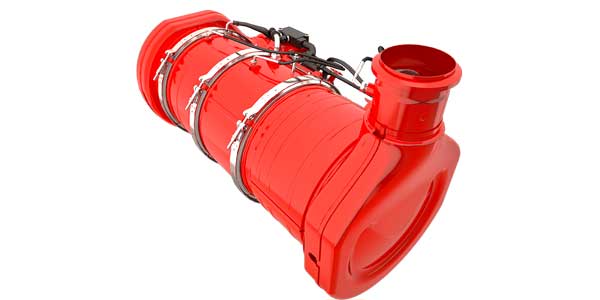Bosch introduces five new bladder adapters for its HPT 500 HD smoke machine
Bosch has introduced five new bladder adapters in North America for its HPT 500 heavy-duty smoke machine. The adapters seal off various-sized pipes and hoses when checking for leaks and range in size from 1.5 to 5.9 in. Each bladder expands to completely seal hoses and pipes in exhaust, intake and turbocharging systems so they

Continental introduces 16-inch radial Conti LAR 3 for light-duty trucks
Continental AG has introduced the 16-in. Conti LAR 3 for light-duty trucks. According to Continental, the all-position tire is designed to perform in the high-scrub conditions faced by regional delivery drivers, with strong miles to removal performance. The tire is designed to withstand the rigors of regional routes and speeds of more than 90 mph
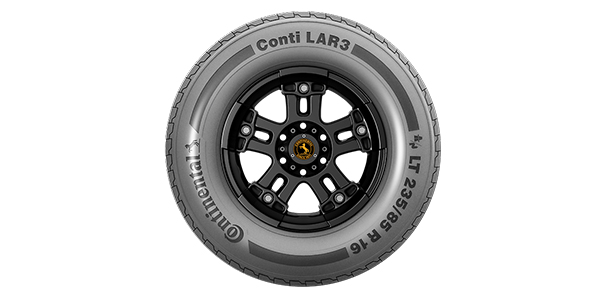
How GHG regulations will affect transmissions
GHG Phase 2 regulations are coming in 2020, and while engines are the most obviously affected truck part, other components from the transmission to the suspension will be affected too. Fleet Equipment reached out to ask transmission manufacturers how the upcoming standards will affect fleets’ transmission needs. One answer: powertrain integration will become more important
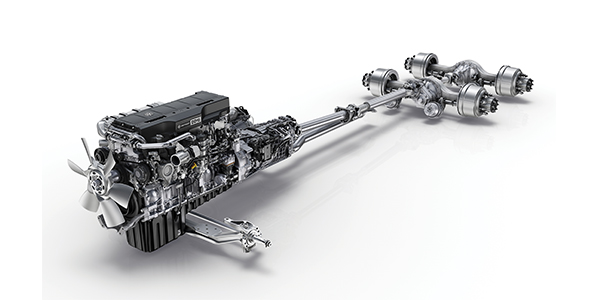
The do’s and don’ts of combining air disc and drum brakes
Even as air disc brakes become increasingly popular in North American commercial vehicle fleets, concerns of brake system balance—the amount of work handled by each brake in a system—may arise when they are installed in combination with drum brakes. While these hybrid braking setups deliver advantages in stopping power and uptime, it’s important to understand
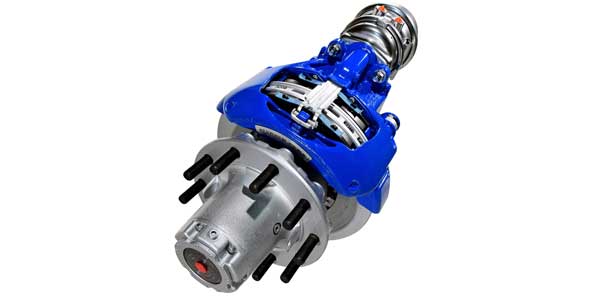
Effective wheel specification, maintenance choices lead to longer service life
How does a vehicle’s application impact wheel selection? What factors go into the decision to spec the correct kind of wheel? The answers, according to Chris Putz, principal engineer at Maxion Wheels Commercial Vehicle Wheels, North America, begin with an understanding of several important factors. “In order to achieve long-life performance of wheels, it is
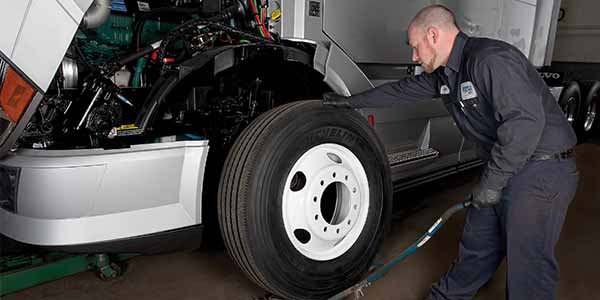
Inside wheel ends: How slack adjusters could raise wheel end temperatures
Wheel end thermal events are serious maintenance issues that can be caused by setup, maintenance, driver neglect, road debris or some combination of all of these. Before we look at how slack adjusters may factor into higher wheel end temperatures let’s get this out of the way first: Each wheel end thermal service event needs

What’s the difference between clearance-sensing and stroke-sensing slack adjusters?
“Clearance-sensing slacks adjust to produce a consistent gap between the face of the brake pad and the braking surface of the drum,” said Greg Sturdy, director of wheel end product engineering for Accuride Corp. “Stroke-sensing slacks adjust to produce a consistent distance the pushrod of the brake canister is allowed to move.” Like any component,
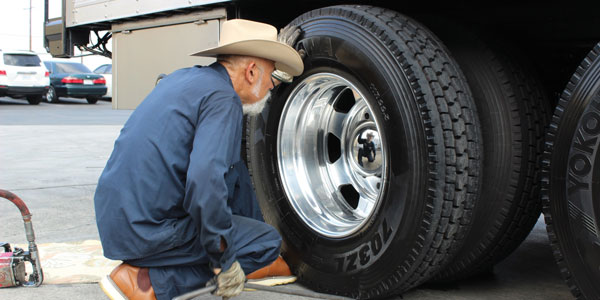
Watch: Let’s talk drivers, equipment and the driver shortage
Let’s talk equipment and drivers. American Transportation Research Institute pointed to the driver shortage as the industry’s top concern. As the many of the Class 8 OEMs rolled out their new trucks over the past two years, driver comfort and productivity was a top focus. New cabs, new creature comforts and new uptime solutions

Analysis paralysis: Keeping it simple can still trump data
Recently, an established fleet maintenance manager—let’s call him Zackary—asked me to attend a regional meeting one of his vice presidents was having with his newly formed regional maintenance staff. I have great respect for Zackary and his success working with pervious fleets. The difference this time was that he had little control because his current

Dealing with aftertreatment issues
If you’ve been paying attention to the most recent engine announcements, you’ll notice that the engine companies have spent a good deal of time highlighting the features of the aftertreatment system (ATS). That’s no accident—the ATS is extremely important, and the systems have advanced significantly in recent years. Before we dive into the details, here’s
